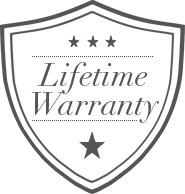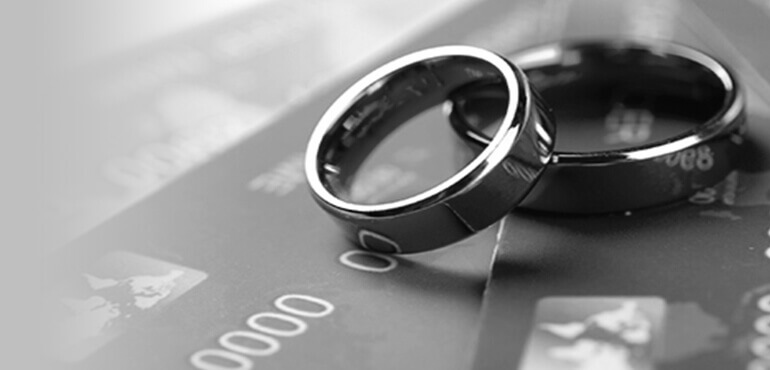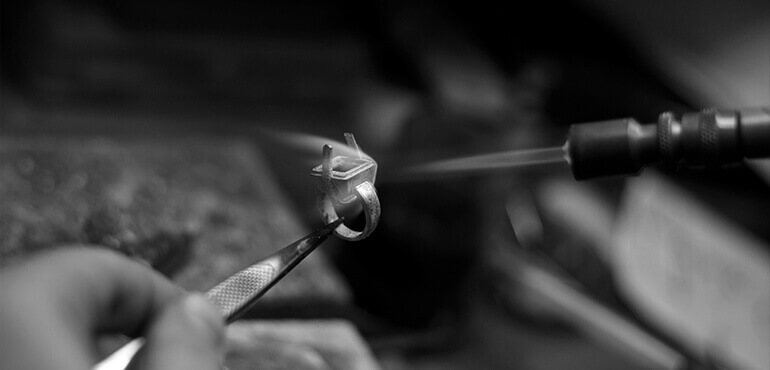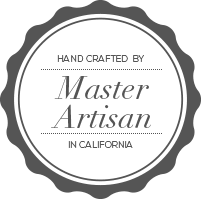Diamond Certification

At A Glance
- A diamond certificate details the exact qualities of the diamonds characteristics and proof of its value.
- A certificate is not the same thing as an appraisal.
- The two primary authorities on diamond grading are the GIA and the AGS.
What is a Diamond Certificate?
One of the most important documents when purchasing a diamond is its certificate, which specifies the precise dimensions, symmetry, clarity, color, polish, carat weight, and other characteristics. It is an exact rendering of all the individual characteristics of the diamond, as well as serving as proof of the diamond's identity and value. Most round diamonds will also include a cut grade on the report.
You can consider a diamond's certificate as its veritable blueprint. Before purchasing a diamond, you should always expect to review its certificate, which assures you it has undergone a thorough professional and unbiased examination. A diamond certificate is also known as diamond grading report, a diamond dossier®, or a diamond quality document. These reports are produced by a team of gemologists that evaluate, measure, and scrutinize the diamond using several tools, such as a jeweler's loupe, a microscope, their trained eyes, and other industry tools.
It is important to note that an appraisal is not the same thing as a certificate. While a certificate details the quality of a diamond, it does not place a monetary value on the diamond. Likewise, an appraisal will give you an idea of a diamonds monetary value, but does not certify the diamonds quality.
Who issues diamond certificates?

There are many diamond labs that create these reports, but not all labs are created equally and you will find that some labs are more lenient with their standards than others. The GIA, Gemological Institute of America, and the AGS, American Gem Society, are the two most highly reputed laboratories in the diamond industry. They are both known for being consistent and unbiased in their diamond grading systems. Thus, diamonds that are certified by the GIA or AGS are the most highly valued in the industry and often are priced higher than diamonds possessing certificates from other labs. If you do decide to buy a diamond that is certified by a lab other than the GIA or AGS, then it is prudent to ask for the credentials of the certifying lab.
There are numerous other diamond grading labs that are currently operating that offer reports, though it is important to note they have different grading standards. Below are some of the predominant labs currently certifying diamonds today:

One of the most prestigious and respected diamond grading laboratories in the world, the GIA, or Gemological Institute of America, is responsible for creating the International Diamond Grading System that is used today in the analysis of all diamonds. Founded in 1931, the GIA is a non-profit institute with headquarters in Carlsbad, CA. With laboratories, research centers, and school campuses around the world, the GIA has become a leading center in the gem and jewelry industry. A diamond with a GIA report or certificate is more highly valued, as the GIA has proven its consistency and unbiased grading.

The European Gemological Laboratory USA, or EGL USA, became independent from the European organization and all other EGL laboratories in 1986. With the head office located in New York, EGL USA has been providing a variety of reports on diamonds and gemstones for over three decades. The EGL USA is dedicated to upholding the international diamond standards to ensure protection of both consumers and the industry. Diamonds that have been certified or graded by EGL USA tend to less expensive than those certified by the GIA.

The world's largest independent gem certification and appraisal institute for diamonds, the IGI, or International Gemological Institute, was established in 1975. Originally beginning in Antwerp, the IGI grew to become one of the leading gemological institutions. The IGI now has laboratories, offices, and school locations all around the world. The IGI generates comprehensive diamond reports to assure consumers know precisely what they are purchasing.

The American Gem Society, or the AGS, was founded in 1934 by a group of jewelers that was interested in creating an organization to protect jewelry consumers. Today, the AGS provides comprehensive diamond grading reports that are oriented towards the consumer by providing unbiased and detailed reports. Unlike many diamond reports, the AGS includes information about the diamonds cut. One of the most renowned and respected labs for its consistency, diamonds with grading reports from the AGS are more highly valued.

Representing the Belgian diamond industry, HRD was founded in 1973 as the Hoge Raad voor Diamant or the Diamond High Council. HRD Antwerp is one of the largest diamond labs in the world, strictly adhering to the standards and rules for grading diamonds set by the IDC, or International Diamond Council. The only international lab to do adhere to these regulations, the HRD is approved by the World Federation of Diamond Bourses (WFDB) and the International Diamond Manufacturers Association (IDMA). To ensure objectivity in their diamond grading, they utilize strict anonymity in a double coding system for both the owners and the lab.
Why do I need a Diamond Certificate?
When you are shopping for certified diamonds, it grants you the peace of mind to know exactly what you are buying. In your search you can compare diamonds objectively and know their quality. The value of making an informed decision on such a crucial purchase is vital. If you are considering purchasing a loose diamond without a certificate from a jewelry store, any claims they make on the diamond's quality is not certain.
What shapes of loose diamonds are available?
A loose diamond is one that is not pre-set in a ring or any other setting. They are available in a wide variety of shapes, such as Princess Cut, Round Brilliant, Asscher Cut, Heart shaped, Radiant, Emerald Cut, Oval, Marquise, and Pear. With a vast selection of shapes, you can choose the diamond that suits you the most. However, not all shapes fit in all ring settings, so before you purchase a diamond be sure the shape you chose is compatible with the ring setting. For more information on shapes, visit the Shape section of this Diamond Education Guide.









 Three Stone Rings
Three Stone Rings Side Stone Rings
Side Stone Rings Halo Rings
Halo Rings Vintage Rings
Vintage Rings Solitaire Rings
Solitaire Rings Yellow Gold Rings
Yellow Gold Rings White Gold Rings
White Gold Rings Pave Rings
Pave Rings Channel Rings
Channel Rings Simple Rings
Simple Rings Round Rings
Round Rings Princess Rings
Princess Rings Cushion Rings
Cushion Rings Emerald Rings
Emerald Rings Asscher Rings
Asscher Rings Radiant Rings
Radiant Rings Oval Rings
Oval Rings Pear Rings
Pear Rings Marquise Rings
Marquise Rings Heart Rings
Heart Rings 14k White Gold
14k White Gold 14k Yellow Gold
14k Yellow Gold 18k White Gold
18k White Gold 18k Yellow Gold
18k Yellow Gold Platinum
Platinum Channel Bands
Channel Bands Pave Bands
Pave Bands Prong Bands
Prong Bands Eternity Bands
Eternity Bands Diamond Bands
Diamond Bands
